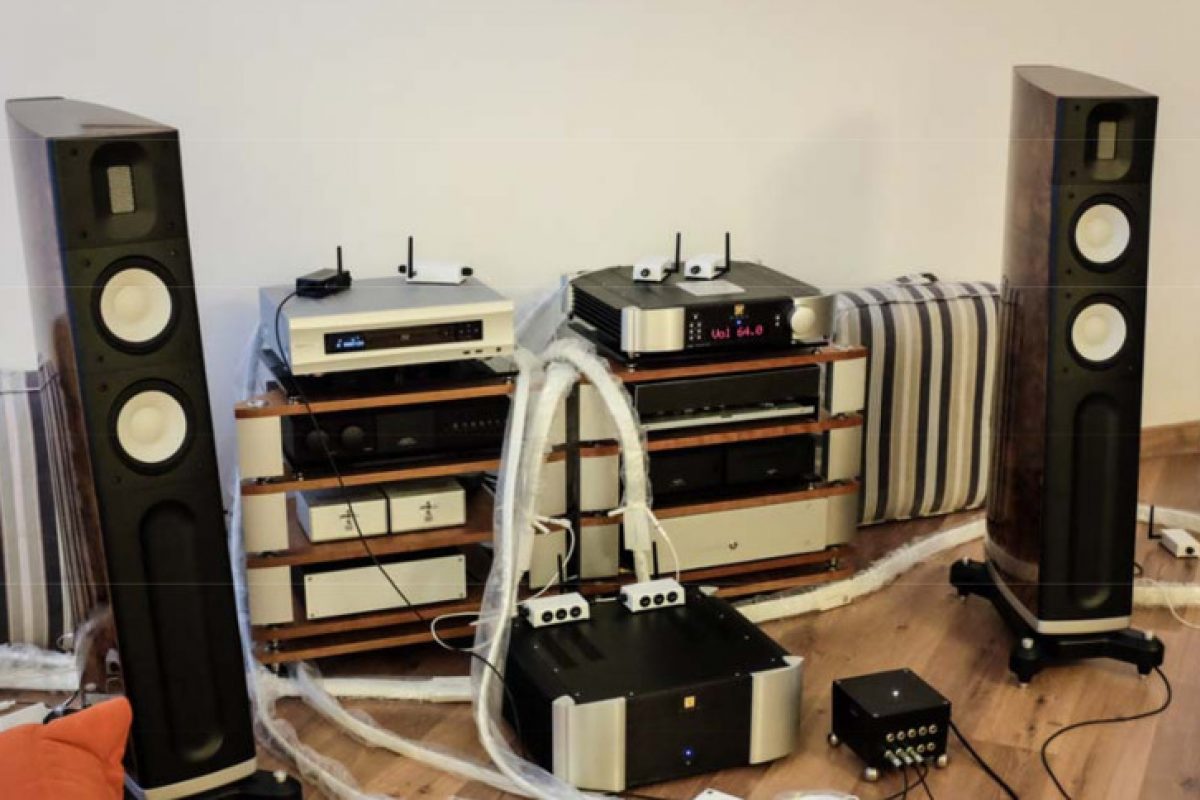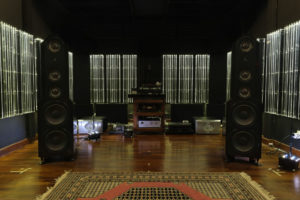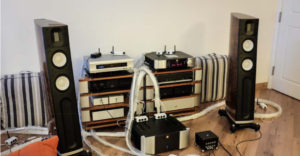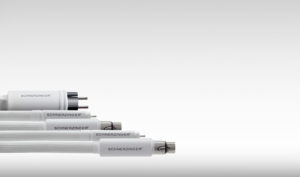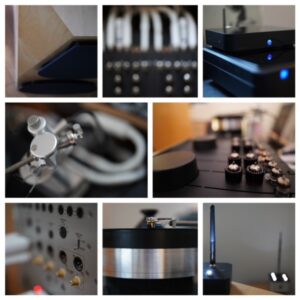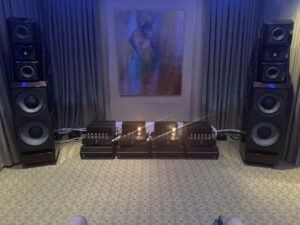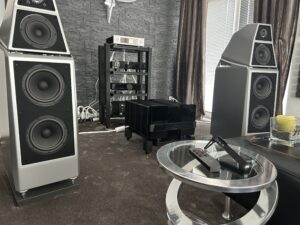Hi Schnerzinger team,
I am writing to express my appreciation for Michael’s demonstration of the Schnerzinger cable and antiinterference system in Hong Kong. Overall, it was an enlightening and splendid experience, and I was glad to meet Michael who is highly experienced and knowledgeable about the products, but most important, he is a friendly person with full of passion and enthusiasm. I attended two demonstrations, of which, one was taken place in my home. The first demonstration made the already great system including the Zellaton SR1 speakers sounded phenomenal and live-like, while the effect of the second demonstration in my home with an odd-shaped living room was even greater. My system, which had sounded congested, lack of focus, imbalance and booming, was completely transformed by the Schnerzinger! The same magic happened again with proper focus, channel balance, sound stage, and surprisingly the bass was well controlled with no more booming! The system sounded far better than before and every piece of music and instruments sounded more real and live. I have never heard the Raidho speakers sounded so good! The two demonstrations were immensely successful which have completely revealed the capability and potential of the Schnerzinger system. We were all so impressed with the effect of the Schnerzinger system, and the response among us was overwhelming. Through the demonstration, I have learnt many things from Michael, and understood the importance of speed, bandwidth, timing, and the impact of interference. The Schnerzinger system could be an ultimate solution for achieving optimal performance; makes it not only sound good, but more important, sound “Real” and “Right”. With it, I felt we can finally sit down to enjoy wonderful music rather than playing around with cables and changing equipment all the time! Well done Schnerzinger!
— Ken T. (from Hong Kong) —

